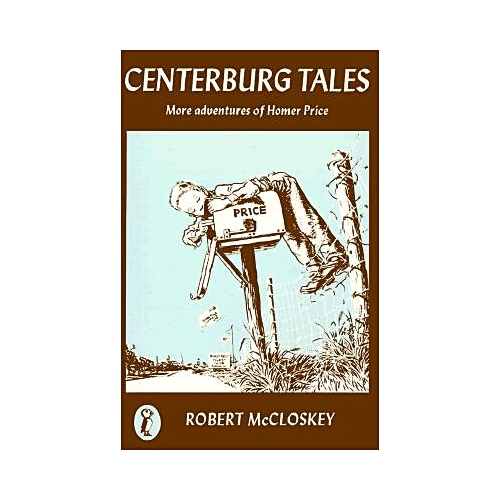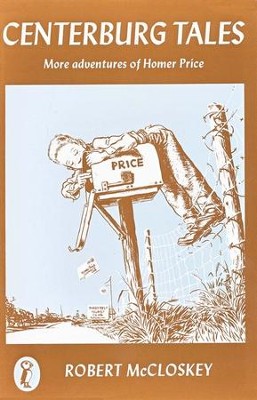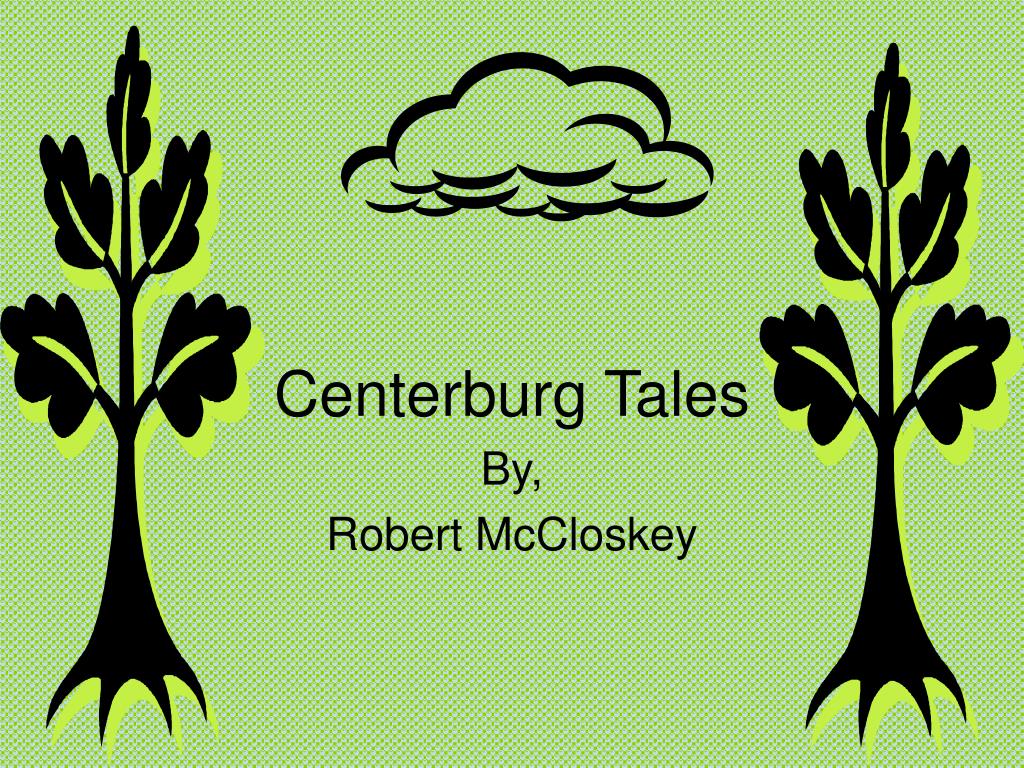

279 The literary prototype of Homer Price appeared in McCloskey's first picturebook, Lentil (1940). Just as Alice was based in part on the personality and adventures of a real child, Alice Liddell, part of Home» Price's vitality as a character is that he is based on another real-life child: the author's recollections of his boyhood in Hamilton, Ohio, in the 1920s. Frank Baum in his 1909 essay "Modern Fairy Tales" praised Lewis Carroll's depiction of Alice: "The secret of Alice's success lay in the fact that she was a real child, any normal child could sympathize with her all through her adventures" (138).

It is curious, and perhaps enlightening, that Daugherty praises McCloskey's Homer for the very quality which L. For this boy is a real boy, thinking out loud and living out these rich and hilarious dilemmas with solemn and devastating humor" (126). Daugherty continued his enthusiastic praise of the book and singled out McCloskey's charming depiction of the protagonist, exclaiming: "This is to welcome Homer Price to Tom Sawyer's gang, that immortal and formidable band of boys of American fiction. James Daugherty, a fellow children's author and illustrator, praised Homer Price, calling it "America laughing at itself with a broad and genial humanity, without bitterness or sourness or sophistication" (127). In doing so, the Centerburg books belong to that rich and varied pastoral tradition of American boys' books that hark back to Mark Twain's Tom Sawyer (1876) and continue to Garrison Keillor's Lake Woebegon Days (1985). These two books essentially focus on the experiences of a young boy growing up in a small Midwestern town during the 1920s. In McCloskey's celebration of small-town American life, Centerburg becomes the best place to do everything, and at the very center of Centerburg is Homer Price. The opening to Centerburg Tales states, "In every town there is a best place to do everything" (10). It is a pleasant, if not idealized, world both in its illustrations and prose, where young boys tinker with radios and read comic books, girls jump rope or play jacks around the courthouse square, men gather at the local barber shop to play checkers and talk about the weather, new books, and ladies' hats, and women meet to discuss plans for a box social.

Ethel Heins in McCloskey and Heins Robert McCloskey's Homer Price (1943) and its sequel, Centerburg Tales (1951), have been frequently praised for their rich and comic evocation of life in a small Midwestern town. The Center of Centerburg: Robert McCloskey's Regionalist Image of Boyhood This is the kind of local Americana, however, that encompasses the whole world of boyhood it really is universal boyhood.

In lieu of an abstract, here is a brief excerpt of the content:


 0 kommentar(er)
0 kommentar(er)
